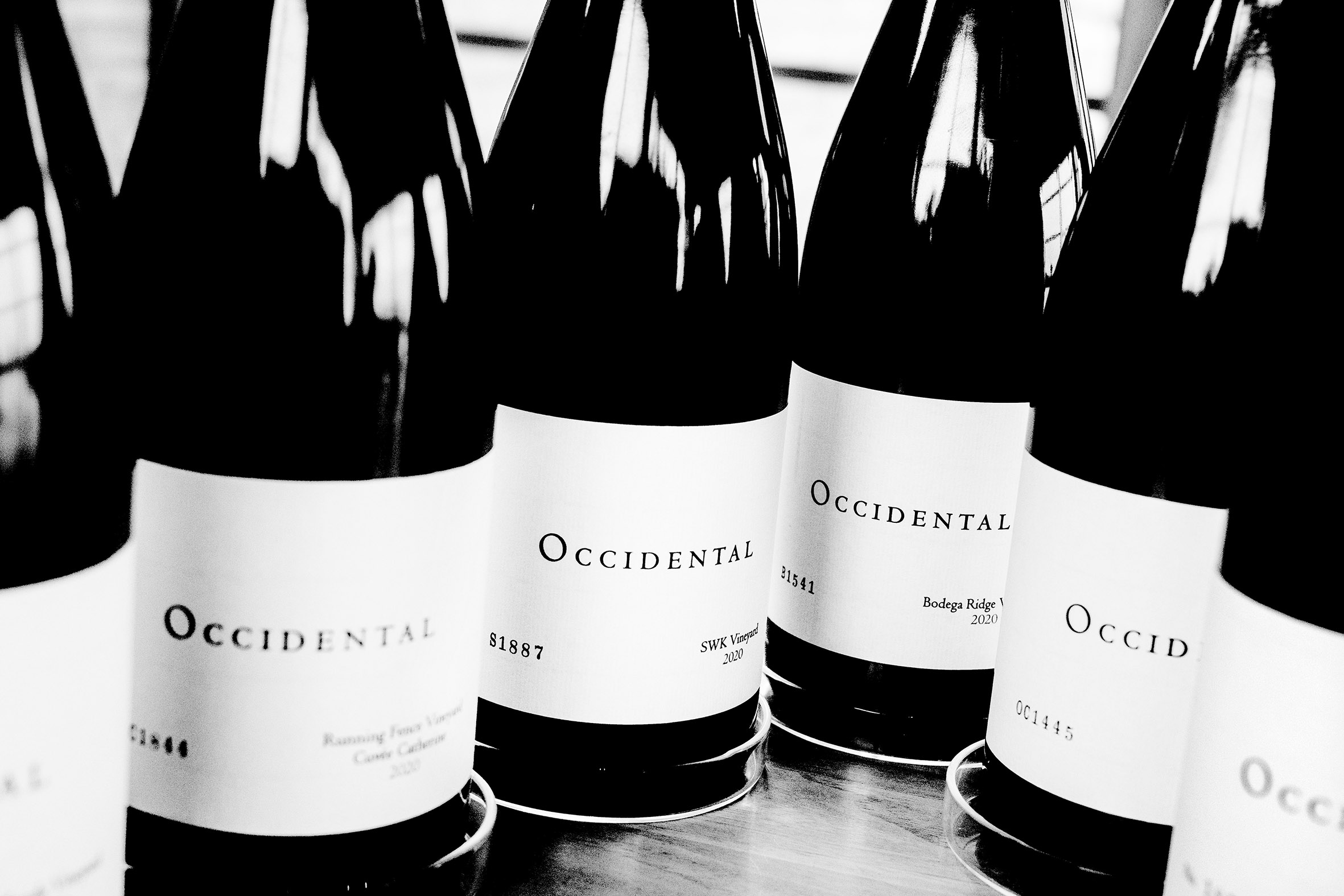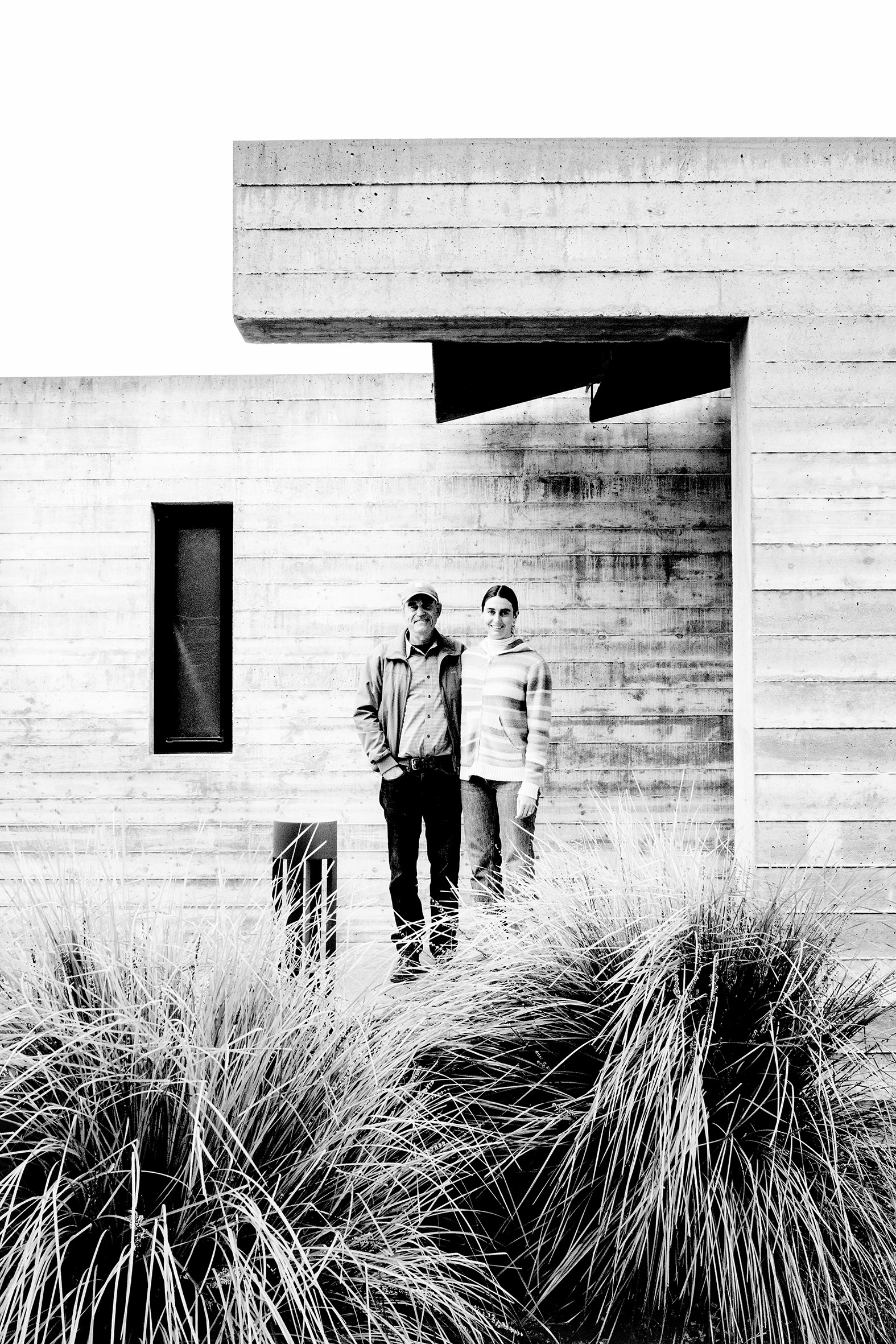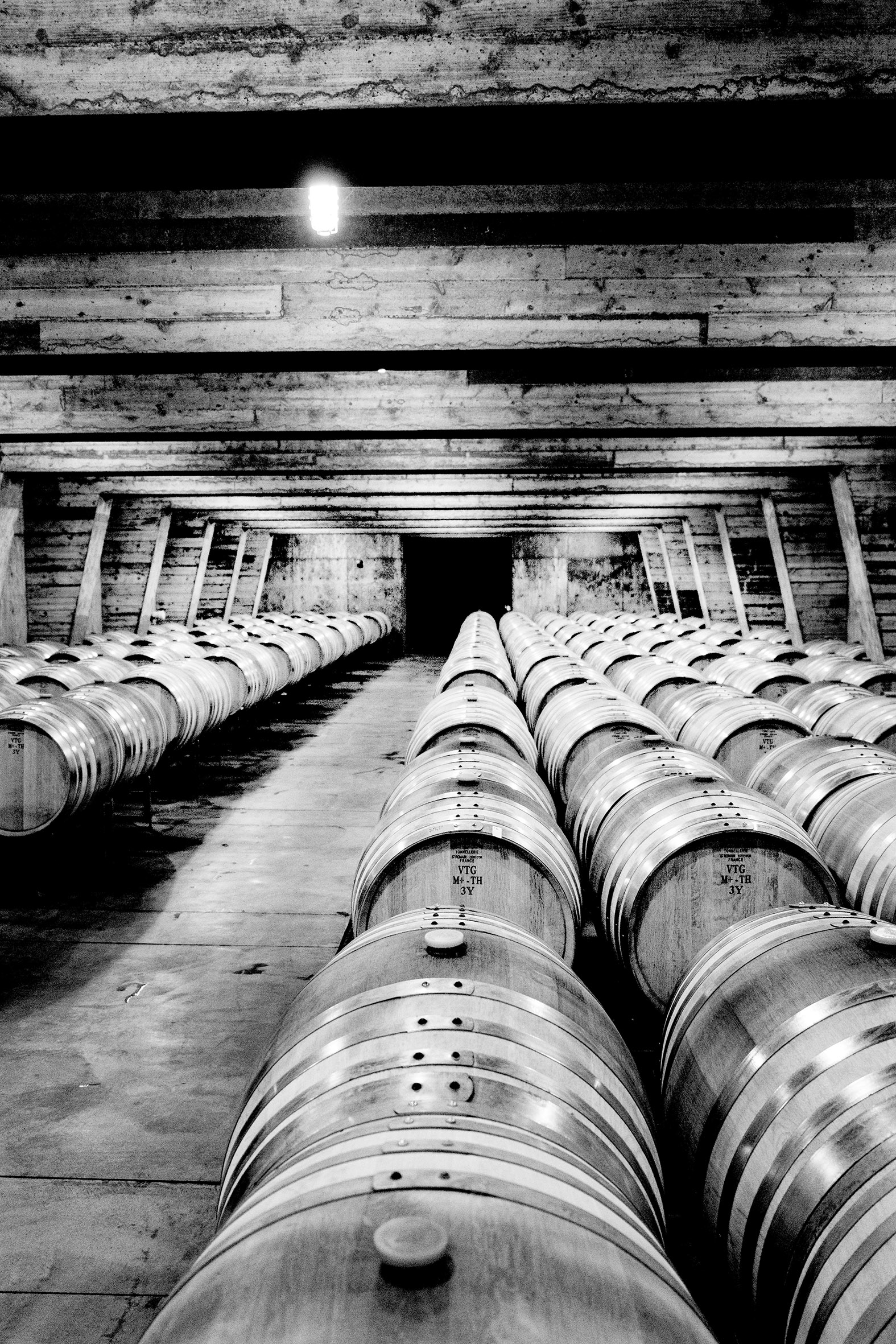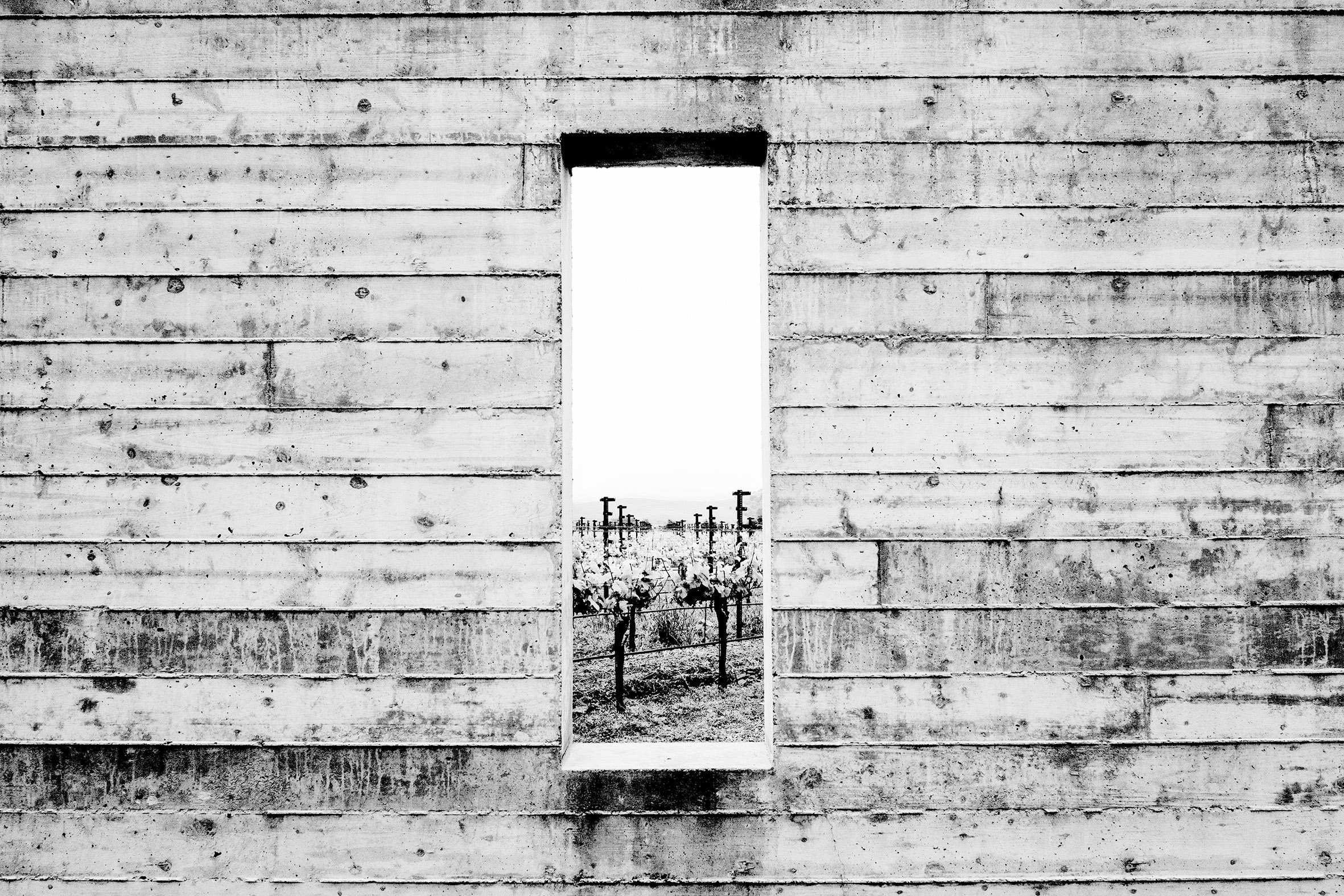27th Jul 2023
The first part of Steve Kistler’s wine story began in 1978 when he started Kistler Vineyards—today, one of the world’s greatest names in Chardonnay. Then he went on to found another entirely separate, world-renowned vineyard and winery, Occidental, focused on crafting world-class Pinot Noir from West Sonoma Coast. Forty-five years on, the story continues, and it just gets better and better.

Steve Story, Part 2
In 2008, Bill Price, owner of Durell Vineyards and later Gap’s Crown Vineyard plus a bevy of wineries around Sonoma, purchased a majority stake in Steve Kistler’s namesake winery: Kistler Vineyards. At that time, Jason Kesner was brought on board to shadow Steve through the transition period. Steve retired from Kistler in 2017, yet Kesner remains there as president and winemaking director and has done an impressive job of maintaining Steve’s ethos of crafting compelling wines of site using the same Old Wente Clone selection planted to choice vineyard sites around Sonoma and Napa.
But, with the sale of Kistler Vineyards, Steve gave up the right to use his name on wine labels and, perhaps even more shocking, his right to produce a Chardonnay. What could he do now?
Of course, the Steve Kistler story didn’t end here. He was working on Part 2 before he even finished Part 1. Steve Kistler’s pioneering spirit and pursuit of world-class Pinot Noir took him to the town of Occidental and beyond, with vineyards extending right out to the Bodega Headlands, within sight of the Pacific Ocean. The first vineyard sections for his Occidental label were planted by Steve in the early 2000s when few were even considering this now sought-after extreme coastal area. In 2017, Steve’s daughter Catherine joined him as assistant winemaker at the estate, poised to one day take over.

Kistler’s Occidental Vineyard sections are planted on a ridge line over the Pacific Ocean at 400-750 feet elevations, facing south. The climate here is so cold and erratic that yields are usually painfully small. Two tons to the acre is a good haul. The maritime climate moderates the diurnal shifts (day and nighttime temperature differences) due to its proximity to the ocean. The growing season is consistently cool, but without the hot days and cold nights like we see further inland.
“The modest diurnal temperature variation allows the fruit to ripen slowly throughout the day as well as the night, a phenomenon experienced only in a true coastal environment,” says Steve.
"This slow, steady ripening promotes the development of fruit that reaches true physiological maturity at lower sugar levels."
As we walk into the vineyard surrounding the tasting room, the view out to the ocean is hampered by the morning fog below us, but this will blow off by the time I leave.
“It’s more gravelly and steeper up on top,” Steve tells me, pointing to the section above the tasting room. “We have 30 acres planted up there. The lower flat level is another 30 acres. And next door is 18 acres, which consists of a little more loam and a bit more clay. Those soils are just slightly heavier. But all the soils are variations of sandy loams.”
The site is just one factor that makes Occidental truly unique. The other is the planting material. There was a little Calera clone initially planted here, but for subsequent plantings, Steve has focused more and more on the suitcase clones he acquired from two grand cru vineyards in Vosne Romanée in the early 1990s.



“In 2020, we had full canopies, and the fruit was ripe by the middle of August,” Steve explains when I sit to taste his lineup of 2020s. “We started harvest in August, just before the heat wave. We did exactly as we normally do. The prevailing offshore winds kept the smoke away when the wildfires broke out. We didn’t have any smoke sitting here. These drought years haven’t impacted us like others because the foggy morning here keeps the moisture. In 2020, we just went block by block. We picked the last of the crop on the 5th of September, the night before that hottest day of the heatwave. For us, it was a typical year. We have large crews. Our rootstocks are Riparia, which have a shorter vegetative schedule, and our yields are low. So, we have a shorter ripening schedule than most. That’s the shame of 2020 for a lot of people—the potential was there; the fruit was pure, and there was so much there. The wines we made were exactly as we usually make them. Night harvesting cool berries is essential, capturing the high-toned fruit character. You lose that when the fruit is too ripe, so getting ripeness earlier is essential. We like to keep as many intact whole berries for fermentation."
"Then, 2021 was awesome, and not just because of how awful 2020 was. 2021 was the highest yield we’ve had. It was the first year we actually averaged two tons per acre! The harvest was cool, and so we could really take our time."

The next part of Steve’s story involves impressive expansion plans.
“We purchased a new ranch in 2021!” says Steve. “It’s all bare land, closer to the coast, about 2.5 miles from the ocean, on another one of these headlands. There’s absolutely nothing around there yet. Right now, we’re building a reservoir. We’ll be planting another 50 acres there, in stages, using cuttings from here. It will all be planted to our suitcase clone, all Pinot Noir. This is the first project that Catherine is seeing from start to finish.”
This is by no means the end of Steve Kistler’s story, yet now this is also Catherine Kistler’s story, Part 1.
–
Article & Reviews by Lisa Perrotti-Brown MW
Photography by Johan Berglund

PRODUCERS IN THIS ARTICLE
> Show all wines sorted by scoreMore articles

Cathiard Vineyard New Releases
02nd May 2024
3 tasting notes

Bordeaux 2023 Preliminary Vintage Report and Reviews from Barrel
29th Apr 2024
56 tasting notes

2021 Bordeaux in Bottle and A Modest Proposal
24th Apr 2024
599 tasting notes

Pilcrow’s New Releases
18th Apr 2024
7 tasting notes
Show all articles